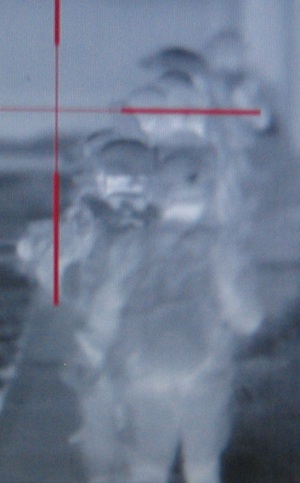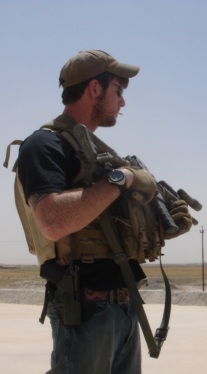During the planning of the D-Day (formally known as Operation Overlord) invasion of mainland Europe, “the Jedburgh concept was born in the minds of political and military leaders at the highest levels…” (Irwin, xviii). The Jedburghs were to be small, three-man teams which were multi-national in composition. American Jedburghs served under the Office of Strategic Services (OSS), British members in the Special Operations Executive (SOE), and French members as a part of Charles De Gaulle’s Free French resistance. These men were not spies, but soldiers. “Espionage agents they were not. They were all military officers and noncommissioned officers…most often in uniform” (Irwin, xviii). The teams would be a mix match of nationalities, a few having all three nations represented within their three-man team.
Their mission was to jump into occupied France, link up with the French resistance, and then bog down Nazi forces with sabotage and harassment campaigns. They would blow rail lines to sever Nazi logistics, ambush enemy columns along roads, and generally start trouble and make life difficult in the Nazi’s rear areas where they would otherwise have felt safe. Trained in America and Britain, the Jeds were heavily influenced by early SOE efforts to set up resistance networks in France called circuits. Is it important to distinguish that, “these were not intelligence gathering networks; rather the business of the circuits would be special operations; particularly sabotage” (Irwin, 34) while the task of intelligence gathering would be left to Britain’s Secret Intelligence Service. The Jedburgh’s were a unique special operations capability that bridged the gap between the military and intelligence services, much like the role that ISA would fill nearly forty years later.
As allied forces were hitting the beaches at Normandy, the Jeds were already in France organizing the resistance and conducting spoiler attacks against the Nazis. Military planners feared that if the Nazis were permitted freedom of movement within France, then they would be able to move over 30 divisions of troops into the region in the weeks and months after D-Day, potentially pushing the allies back out into the ocean. The Jeds helped tie up the Nazis with their unconventional warfare campaign, organizing aerial re-supplies from London and Algiers, all the while being hunted down by the Gestapo.
The Jeds were not just commandos, but also skilled organizers and leaders. Within the French resistance, there were deep political divisions, particularly between the communists and essentially everyone else. French Jeds provided a critical liaison to the resistance, but were prone to getting caught up in local politics at times. While working without a home field advantage, Americans did have a leg up when it came to getting the resistance to “agree to put political differences aside and commit to the common task of ridding the area of Germans” (Irwin, 110). The French knew that the Americans did not carry any political baggage, so it was easier for American Jeds to get everyone working together.

















